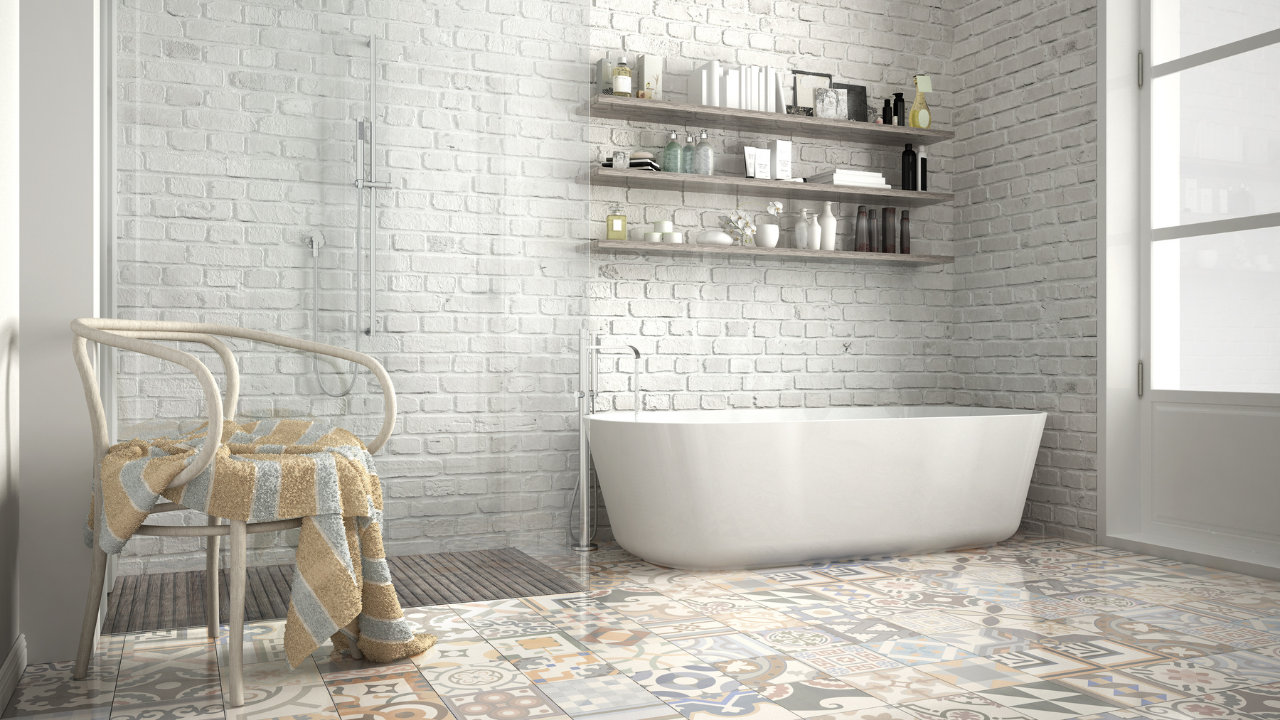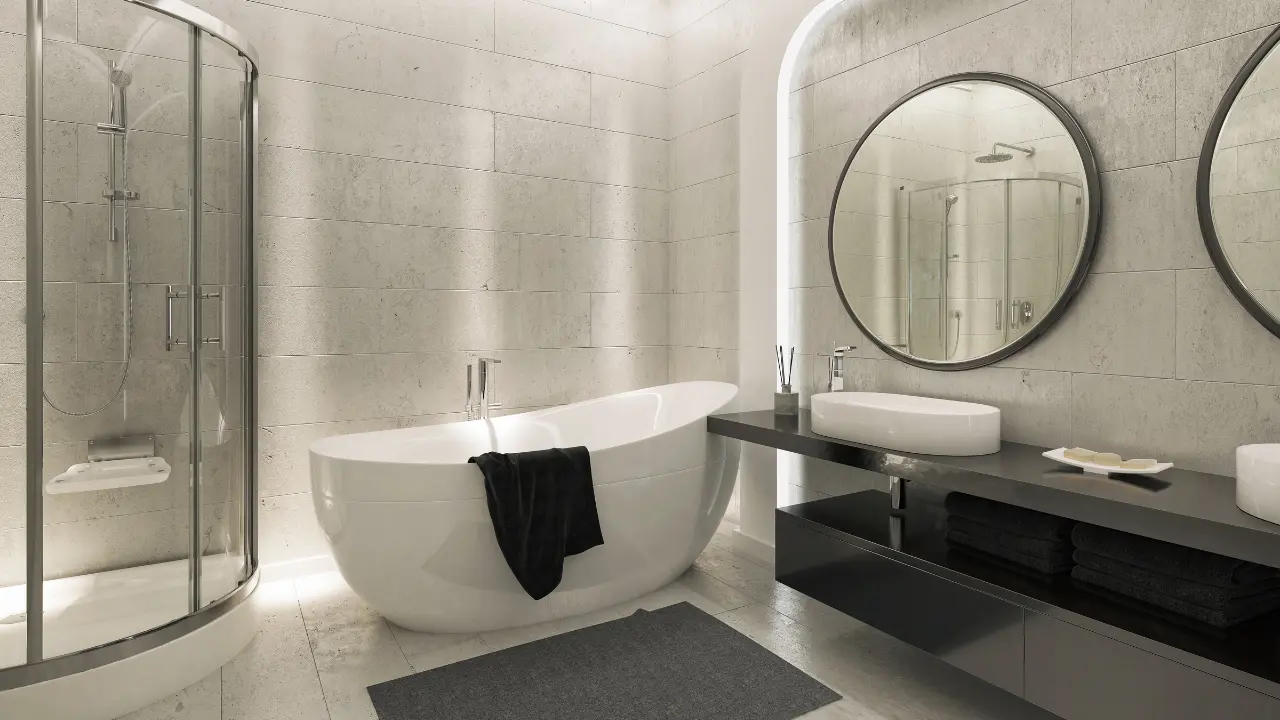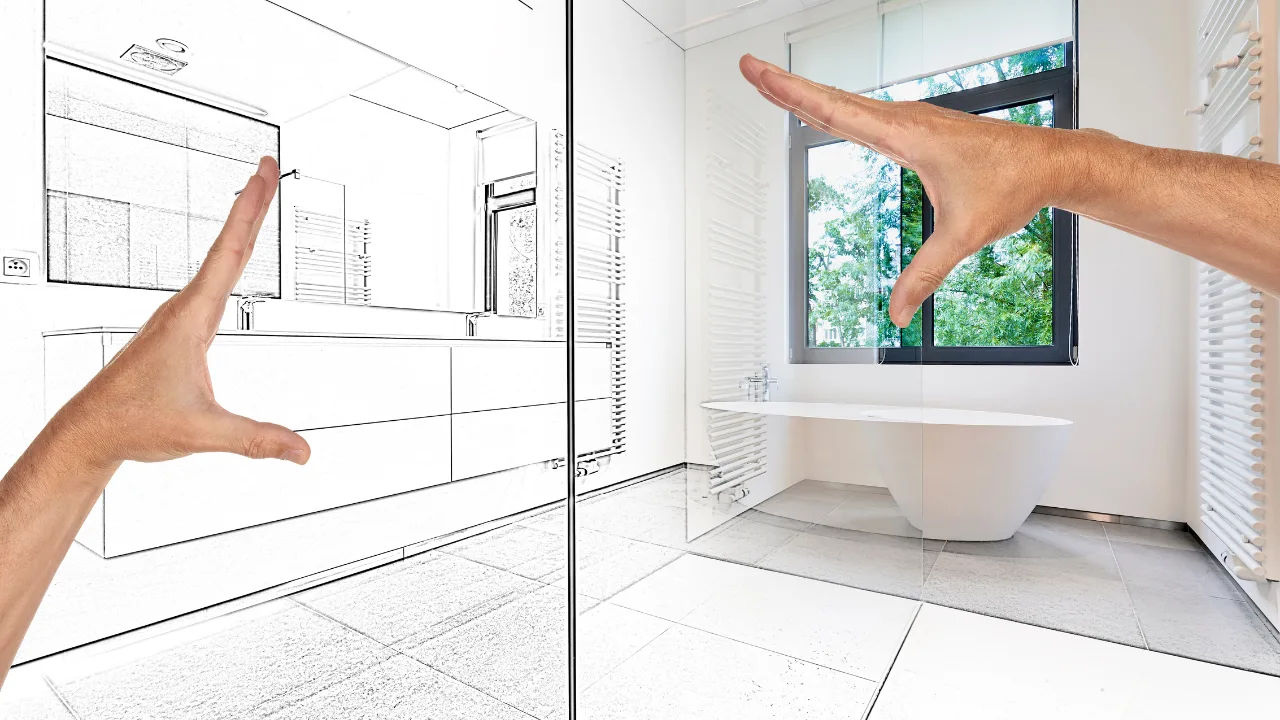Waterproofing Solutions for Everlasting Bathrooms

Bathrooms are among the most moisture-prone spaces in any home. Constant exposure to water, humidity, and temperature fluctuations makes them highly vulnerable to leaks, mold, and structural damage. Proper waterproofing is not just an added layer of protection—it’s the foundation of a durable and healthy bathroom.
In this article, we’ll explore the best waterproofing solutions for long-lasting bathrooms, their benefits, and how modern innovations are making this process more effective and easier than ever.
Why Waterproofing is Essential in Bathrooms
Before diving into the methods, it’s crucial to understand why bathroom waterproofing is non-negotiable:
- Prevents leakage and seepage: Keeps moisture from seeping into walls, ceilings, and floors.
- Protects structural integrity: Prevents weakening of concrete and corrosion of reinforcement steel.
- Prevents mold and mildew: Reduces health risks and foul odors caused by damp environments.
- Saves repair costs: Waterproofing done right once can save thousands in long-term repair expenses.
- Increases property value: A leak-proof bathroom boosts the appeal and lifespan of your home.
Key Areas to Waterproof in a Bathroom
To ensure complete protection, it’s important to target the right zones:
- Shower Area & Bathtub Surrounds: The most water-exposed area; needs heavy-duty membranes.
- Bathroom Floors: Especially corners, around drains, and under tiles.
- Walls: Particularly the lower portions and around plumbing fixtures.
- Sink and Countertops: Splash-prone zones that often go unnoticed.
- Junctions and Joints: Cracks between tiles, wall-floor intersections, and pipe outlets.
Top Waterproofing Solutions for Bathrooms
1. Liquid Membrane Waterproofing
One of the most popular solutions today, liquid membranes form a seamless, elastic coating when applied over surfaces.
- Application: Applied using a brush or roller.
- Advantages: Flexible, easy to apply, suitable for complex surfaces.
- Ideal for: Shower floors, walls, and tile backers.
Pro Tip: Go for high-quality acrylic or polyurethane-based liquid membranes for maximum durability.
2. Cementitious Waterproofing
This is the most commonly used method in residential bathrooms.
- Application: A cement-based coating is mixed with special polymers and applied in layers.
- Advantages: Cost-effective, strong adhesion, easy to apply.
- Ideal for: Concrete surfaces, internal wet areas, and below-tile waterproofing.
Note: Cementitious coatings are rigid; hence not ideal for areas prone to movement or expansion.
3. Bituminous Waterproofing
Bitumen (asphalt) coatings are widely used for water resistance and surface protection.
- Application: Applied as a thick coat using rollers or sprays.
- Advantages: Highly water-resistant, durable, and suitable for both floors and walls.
- Ideal for: Bathroom floors and under-tile layers.
Modern Upgrade: Polymer-modified bitumen provides better flexibility and crack resistance.
4. Sheet Membrane Systems
These are pre-formed waterproof sheets made from PVC, HDPE, or rubberized materials.
- Application: Sheets are laid and sealed with adhesive or heat welding.
- Advantages: Uniform thickness, long lifespan, and minimal risk of application error.
- Ideal for: Large bathrooms, luxury setups, or commercial washrooms.
Expert Tip: Overlap the sheets by at least 50 mm and seal all joints properly for leak-free performance.
5. Nano-Coating Waterproofing
A modern innovation using nanotechnology, these coatings create an invisible hydrophobic layer that repels water and dirt.
- Application: Simple spray or brush-on process.
- Advantages: Breathable, eco-friendly, and stain-resistant.
- Ideal for: Tiles, stone, or marble surfaces to maintain shine and hygiene.
6. Self-Healing Waterproofing Concrete
Cutting-edge technology that uses microbial agents or crystalline admixtures that react with water to seal cracks automatically.
- Advantages: Long-lasting, maintenance-free, perfect for new construction.
- Ideal for: Base concrete layers or slabs in bathrooms and wet zones.
Steps to Waterproof Your Bathroom Properly
- Surface Preparation: Clean and repair cracks or uneven areas.
- Primer Application: Helps the waterproofing coat adhere strongly.
- Waterproofing Layer: Apply liquid membrane, coating, or sheet system.
- Sealing Joints: Use waterproof tape or sealant around fixtures.
- Tile Laying: Once waterproofing dries, use waterproof tile adhesive and grout.
- Testing: Conduct a pond test (filling water for 24 hours) to check for leaks.
Modern Waterproofing Innovations
Bathroom waterproofing has evolved with technology. Here are some latest advancements worth considering:
- Polyurea Spray Coatings: Fast-curing, seamless, and durable for both walls and floors.
- Smart Leak Detection Sensors: Notify homeowners about leakage before visible damage occurs.
- Eco-Friendly Waterproofing Solutions: Low-VOC, non-toxic coatings ideal for sustainable homes.
- 3D Crack-Resistant Systems: Combine multiple layers for flexibility and superior moisture resistance.
Common Mistakes to Avoid
- Ignoring corners and pipe penetrations.
- Using non-flexible cementitious coatings in moving areas.
- Skipping curing time before tiling.
- Not testing waterproofing before final finishing.
A single leak can compromise your entire bathroom structure—so precision is key.
Maintenance Tips for Long-Lasting Waterproofing
- Inspect grout lines and sealant joints every 6–12 months.
- Reapply nano or sealant coatings when water starts to absorb on tiles.
- Ensure proper bathroom ventilation to reduce humidity buildup.
- Fix plumbing leaks immediately to avoid damage beneath tiles.
Conclusion
A well-waterproofed bathroom ensures peace of mind for years to come. With modern materials, nano-technologies, and proper installation, you can enjoy a fresh, dry, and durable bathroom that resists the test of time.
Whether you’re renovating an old space or building new, investing in the right waterproofing solutions is the smartest move you can make to protect your home’s beauty and structure.



